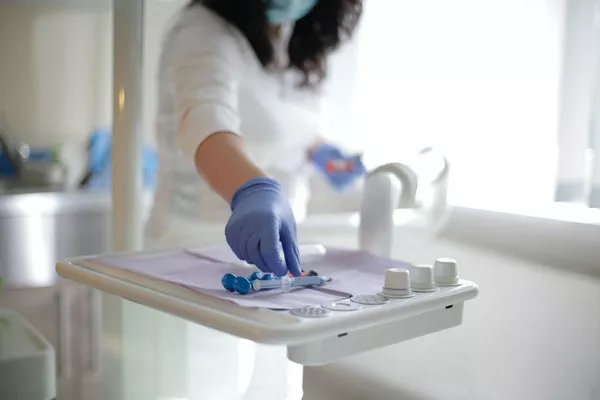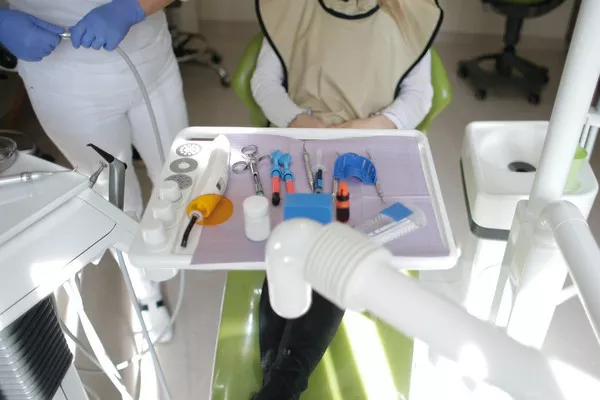The quest for a brighter, whiter smile has led many individuals to explore various home remedies, with baking soda being a popular choice. Proponents claim that baking soda can effectively whiten yellow teeth, but is there scientific evidence to support this belief? This article aims to examine the properties of baking soda and its potential impact on yellow teeth, exploring both its benefits and limitations.
Understanding Tooth Discoloration:
Before diving into the efficacy of baking soda as a teeth whitening agent, it’s crucial to understand the causes of tooth discoloration. Teeth can become yellow or stained due to both intrinsic and extrinsic factors:
Intrinsic Stains:
Intrinsic stains occur within the structure of the tooth and are often the result of factors such as tooth development, aging, or certain medications. These stains may be more challenging to remove and typically require professional intervention for effective whitening.
Extrinsic Stains:
Extrinsic stains, on the other hand, affect the outer surface of the tooth enamel and are caused by external factors such as diet, lifestyle habits, and oral hygiene practices. Common culprits include coffee, tea, tobacco, red wine, and certain foods with strong pigments.
The Role of Baking Soda in Teeth Whitening:
Baking soda, also known as sodium bicarbonate, is a mild abrasive compound that has been used for various cleaning purposes, including teeth cleaning. Its alkaline nature allows it to act as a scrubbing agent, removing surface stains and plaque buildup from the teeth.
Benefits of Baking Soda for Teeth Whitening:
Abrasive Properties:
Baking soda’s slightly abrasive nature enables it to physically scrub away surface stains on the teeth. When used in moderation and with proper technique, it can help remove extrinsic stains caused by food, beverages, and tobacco use.
pH Balance Restoration:
Oral health is closely linked to maintaining a healthy pH balance in the mouth. Baking soda’s alkaline properties can help neutralize acids produced by bacteria, reducing the risk of tooth erosion and decay. This restoration of pH balance contributes to overall oral health and may indirectly enhance the appearance of teeth.
Plaque Removal:
The mild abrasive nature of baking soda makes it an effective tool for removing plaque—a sticky film of bacteria that forms on teeth and contributes to discoloration. Regular use of baking soda can aid in minimizing plaque accumulation, leading to a cleaner and brighter smile.
Limitations of Baking Soda for Teeth Whitening:
Ineffectiveness on Intrinsic Stains:
Baking soda’s ability to whiten teeth effectively is limited when it comes to intrinsic stains. These deeper stains originate from within the tooth structure and typically require professional dental treatments or more potent whitening agents to achieve noticeable results.
Potential Enamel Erosion:
While baking soda is relatively mild as an abrasive agent, overuse or aggressive brushing can lead to enamel erosion. Tooth enamel is the protective outer layer of the tooth, and its loss can increase tooth sensitivity and make teeth more susceptible to staining over time. It is crucial to use baking soda sparingly and with caution to avoid damaging the enamel.
Temporary Results:
Although baking soda can remove surface stains temporarily, the effects may not be long-lasting. Regular consumption of foods and beverages that cause staining, along with inadequate oral hygiene practices, can lead to the reoccurrence of yellowing or discoloration.
Best Practices for Using Baking Soda Safely:
If you choose to incorporate baking soda into your oral care routine, consider the following guidelines to ensure safe and effective usage:
Moderation is Key:
Use baking soda in moderation to minimize the risk of enamel erosion. Limit usage to a few times per week, and avoid excessive scrubbing or brushing with baking soda.
Gentle Brushing Technique:
When using baking soda, apply gentle pressure while brushing to avoid damaging the enamel. Use a soft-bristled toothbrush and make small circular motions, targeting the front surface of the teeth where stains are most visible.
Dilution and Combination:
Mixing baking soda with water can create a paste-like consistency that is easier to apply evenly. Alternatively, you can combine baking soda with regular toothpaste. This helps distribute the baking soda more evenly and reduces its abrasive effects.
Rinse Thoroughly:
After using baking soda, rinse your mouth thoroughly with water to remove any residue. This step ensures that no baking soda particles remain in contact with your teeth or gums for an extended period, minimizing the risk of irritation.
Regular Oral Hygiene:
Remember that baking soda should be a supplement to your regular oral hygiene routine, not a substitute for proper brushing and flossing habits. Maintaining excellent oral hygiene practices, including regular dental check-ups and cleanings, is essential for overall oral health and maintaining a bright smile.
Related Topics:































